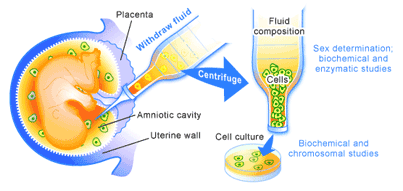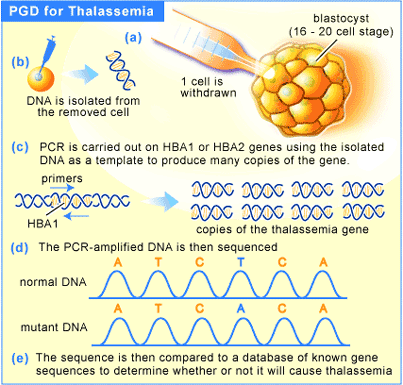What are problems associated with low bone mass?
A person with low bone mass, especially osteoporosis, is
more likely to experience fractures. Once fractured,
bones may take longer to heal or heal more poorly than
the bones of a person with normal bone mass.
Osteoporosis can affect a person’s posture, impair
physical activity and mobility and may create some
physical changes as the skeletal system becomes
increasingly affected.
Although any bone in the body can be affected by osteoporosis, the
bones most vulnerable to fracture tend to be in the hip, spine, wrist
and ribs.
How is low bone mass diagnosed?
Most people who have low bone mass are unaware of it; bone loss
may occur for a long time without any visible symptoms. As a result,
it is often undiagnosed until after a fracture occurs. Because it
occurs with such frequency in thalassemia, individuals with
thalassemia intermedia or thalassemia major should be checked
regularly by having a Bone Mineral Density (BMD) test on an annual
basis starting at around 8 years old. BMD is measured by a dual
energy x-ray absorptiometry test, commonly called a DEXA scan.
The BMD measurement will enable your doctor to determine your Tscore
or Z-score and to determine if you have osteopenia or
osteoporosis. The doctor should also check nutritional status and
vitamin levels (especially calcium and vitamin D).
What are T-scores and Z-scores?
A T-score measures a patient’s BMD against that of a normal, healthy
30-year-old. A score of “0” means a patient’s BMD is equal to that
of a normal, healthy 30-year-old. A score above 0 means the
patient’s BMD is greater than normal; a score below 0 means it is
lower than normal. As mentioned above, a score of -1 to -2.5
indicates osteopenia; a score lower than -2.5 indicates osteoporosis.
A Z-score measures BMD compared to a typical, healthy person
whose age is the same as the patient. Because low bone mass can
occur at a much younger age in thalassemia than in the general
population, a Z-score may provide a physician with information that
is more relevant in assessing bone mass in a person with thalassemia.
What can I do to prevent low bone mass?
Because thalassemia makes them predisposed to low bone mass,
people with thalassemia should take extra efforts to keep their bone
mass at healthy levels; some steps that can be taken include:


